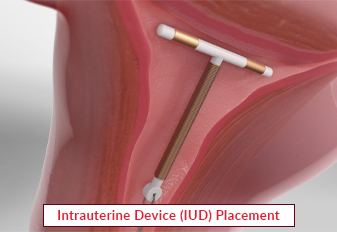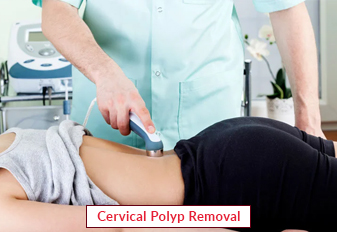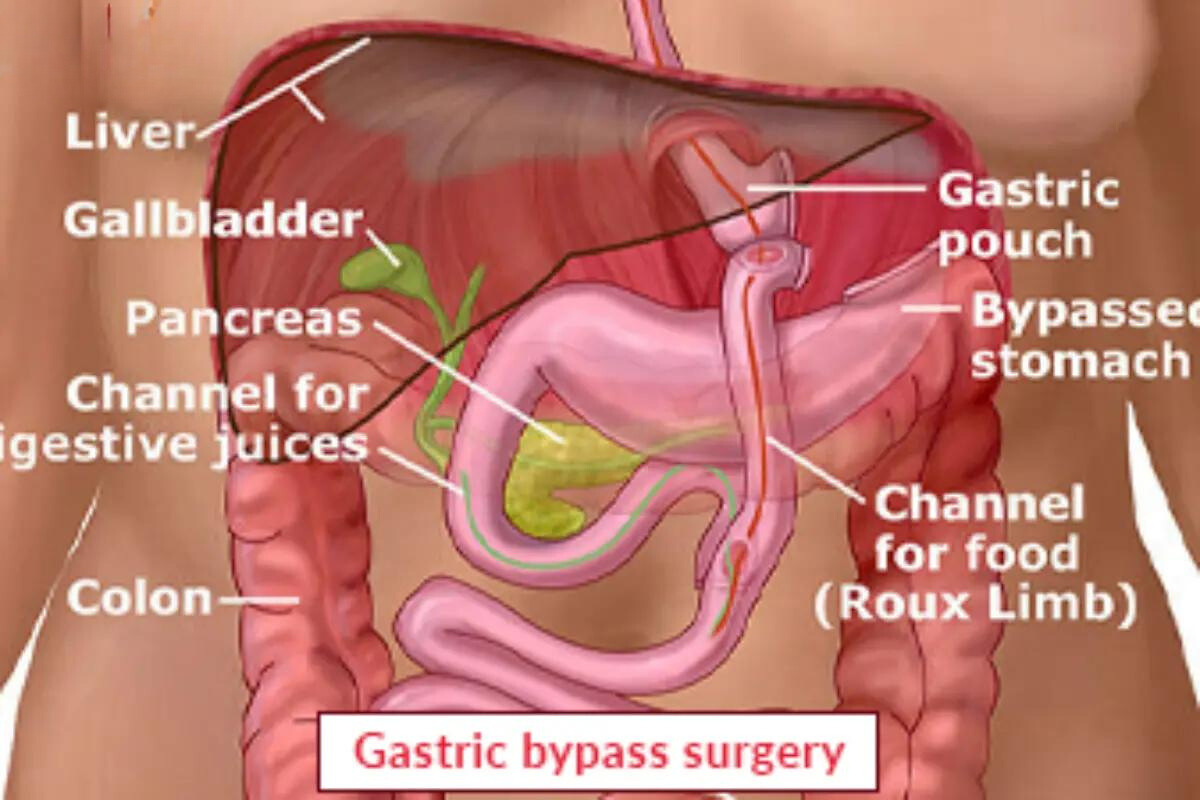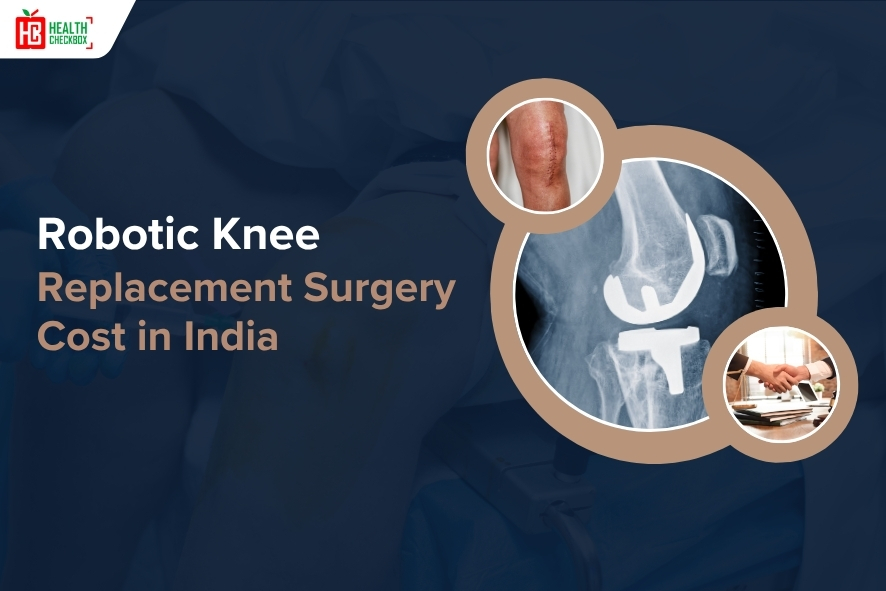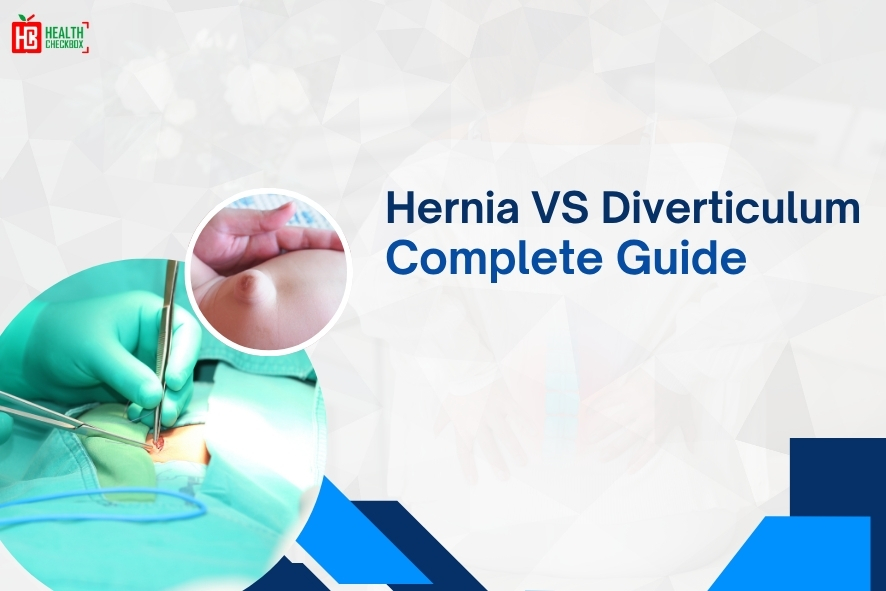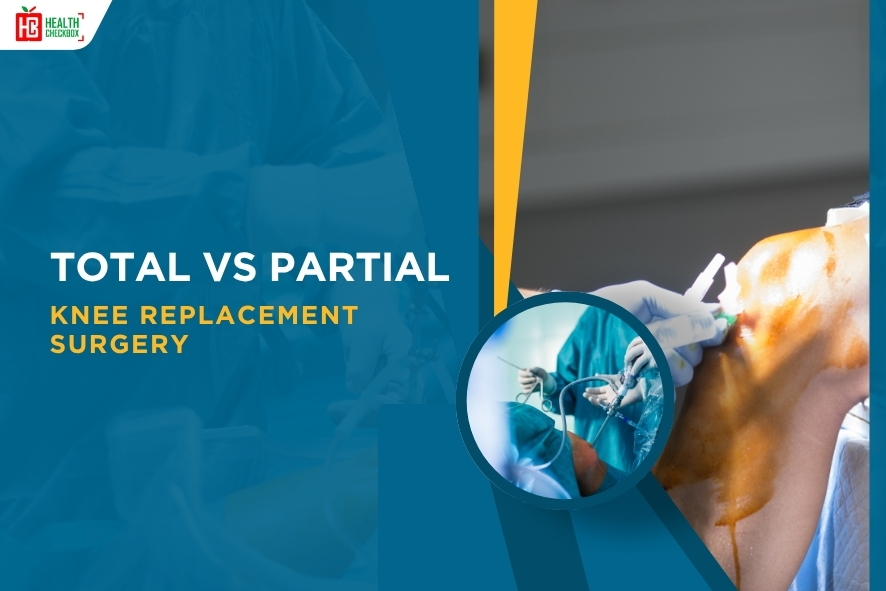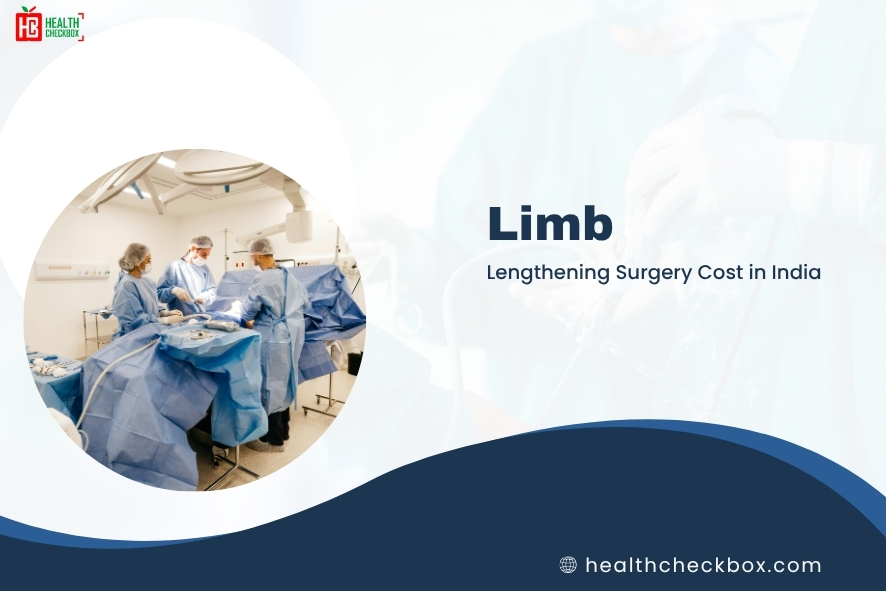It is an effective contraceptive option to prevent pregnancy and ovulation in females. It is also called a birth control device that has a T shape structure. Gynaecologist puts this small plastic device into your uterus through vagina. It helps to prevent pregnancy for a long duration until you desire to become pregnant. Here are all details regarding IUD, its types, benefits, insertion procedure and risks.
Types of Intrauterine Device
It is of two types which are as follows:-
1. Hormonal
- It is levonorgestrel IUD which may have long-term and short-term forms to prevent pregnancy. After putting it into the uterus releases female hormone that thickens the line of the uterus and prevents sperm from reaching the fertilized eggs.
2. Nonhormonal
- It is also called copper IUD which is a thin wire of copper that wraps the T shaped device. It releases the copper in the uterus slowly to prevent pregnancy. It is a cost effective option for females and can be used for up to 10 years. It may be an alternative option of hormonal IUD.
Benefits of IUD
- Reduce rate of abortion
- Prevent unplanned pregnancy
- It has a long-lasting effect
- It can be easily removed if you planned to get pregnant
- Its success rate is about 99%
- No need to take birth control pills
- Any medications do not alter its working
- Pregnancy can delay and avoid for many years
How Does Intrauterine Device Work?
The copper and hormonal IUDs working are the same in preventing pregnancy. It is because the releasing of hormones inhibits sperm from reaching the uterus.
Procedure of Intrauterine Device Placement
Its usage is advised by your doctor depending on the individual’s age and medical condition. There are many branded devices which are based on their time duration. Its procedure is performed in such a way:-
Before the IUD Placement
If you want to opt for IUD then a doctor will run a pregnancy test, sexually transmitted infection and physical examination which is along with counselling. Pain relieving medicine is given to an individual to reduce discomfort during the procedure.
Insertion of the IUD
It involves the following steps:-
- Doctors will ask a patient to lie on an examination table with widely opened legs for pelvic examination.
- The cervix will be cleaned prior to the process and sometimes, healthcare providers can numb the area to reduce discomfort during the procedure.
- Now the doctor will open up your vagina with the use of the speculum.
- Sterilized packet of the IUD is carefully inserted into the uterus.
- After placing it properly, its strings get trimmed to an appropriate length. It is because a woman can check its presence and it can be easily removed in future.
- After the Procedure
Women can feel mild discomfort, pain and with light bleeding and spotting which remain for a while and go away in a short duration. A healthcare expert will avoid intercourse for a few days and follow up regular check-ups to make sure that the IUD is properly placed.
Complications with the IUD
Placing this device into the uterus may cause some serious complications. These are mentioned below:-
- Infection
- Difficulty in pregnancy
- Failure of the IUD
- Allergic reaction due to equipment
- Damage to the womb
- Pain
- Heavy bleeding during periods
- Painful insertion
- Hole in the wall of gastrointestinal
How Long Does It Take to Recover?
After placing this device, the patient may experience bleeding from vagina and pain for a few days. Body takes some time to get used to the IUD. Your doctor will advise when you can go back to your normal routine and work after the procedure.
Our Other Services
Latest Health Tips
Asthma vs Bronchitis
Cochlear Implant vs Hearing Aid
Heart Transplant vs Kidney Transplant
Robotic Knee Replacement Surgery Cost in India
Hernia VS Diverticulum: Complete Guide
Total vs Partial Knee Replacement Surgery
Limb Lengthening Surgery Cost in India: Cost Comparison
10 Best Countries for Knee Replacement Surgery: Affordable & Top-Rated Options
Submit Your Enquiry
Testimonials








